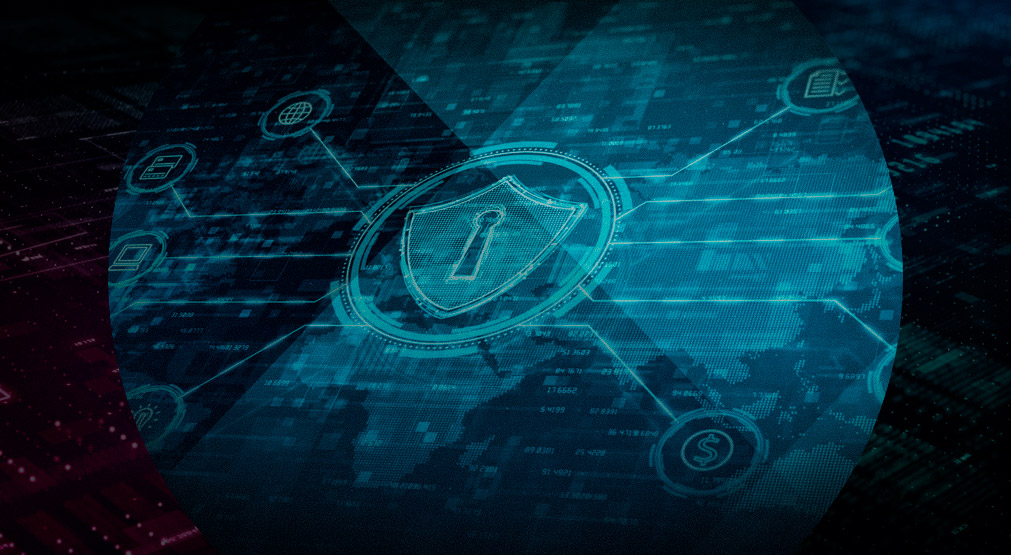 In the lifeblood of our contemporary world, critical infrastructure serves as a pulsing nerve center that powers our society, providing indispensable services to citizens and catalyzing economic growth and development. This vital network encompasses the robust power grids, complex transportation systems, cutting-edge telecommunications networks, financial pillars and life-saving healthcare facilities that form the fabric of our existence.
In the lifeblood of our contemporary world, critical infrastructure serves as a pulsing nerve center that powers our society, providing indispensable services to citizens and catalyzing economic growth and development. This vital network encompasses the robust power grids, complex transportation systems, cutting-edge telecommunications networks, financial pillars and life-saving healthcare facilities that form the fabric of our existence.
Given their importance, critical infrastructure is meticulously governed by a set of stringent regulatory standards designed to bolster its security, resiliency and uncompromising reliability. Unfortunately, despite these strict measures, the Check Point Software Technologies Ltd., a leading provider of cybersecurity solutions for businesses and governments worldwide, says the sobering reality remains that most of these critical systems are susceptible to a range of pernicious threats – cyberattacks, physical attacks, natural disasters and human error. .
It is therefore of the utmost urgency that we remain steadfast in our commitment to protecting these critical infrastructure systems from the menacing specter of potential attacks and imminent threats, ensuring that the essential veins of our society continue to pump properly.
Key sectors of important infrastructure
The specific sectors that are considered critical infrastructure may vary by country or region, but generally include the following: Chemical Sector, Commercial Installations Sector, Communications Sector, Production Sector, Dams Sector, Base Sector Defense Industry, Emergency Services Sector, Energy Sector, Financial Services Sector, Food and Agriculture Sector, Government Facilities Sector, Health Care and Public Health Sector, Information Technology Sector, Nuclear Reactors Sector, Materials and Waste, Transport Systems Sector and Waste and Wastewater Systems Sector.
Current status of critical infrastructure protection
The current state of critical infrastructure protection varies from country to country and sector to sector. While some countries prioritize their protection and invest heavily in their security, others do not pay enough attention to them, leaving them vulnerable to various threats.
Challenges in the security of critical infrastructures
Securing critical infrastructure is a difficult task for several reasons. To begin with, critical infrastructure systems are highly interconnected and interdependent, which means that a disruption in one critical system can trigger a chain reaction or series of failures in other systems. Second, critical infrastructure systems are often built on top of industrial systems created years ago that were not designed with security in mind. Consequently, they may have vulnerabilities that are difficult to detect and fix. Third, critical infrastructure systems are subject to a wide range of threats, including cyberattacks, physical attacks, natural disasters and human error, making it difficult to protect them from every possible risk.
Best practices to improve the security of critical infrastructures
To improve security, consider using the following practices:
- Risk Assessment: Conducting a risk assessment is a crucial first step in protecting critical infrastructure. The process involves identifying and analyzing threats and vulnerabilities based on the software and systems used.
- Threat Intelligence: The collection and analysis of threat information is essential to identify potential threats to critical infrastructure systems. This process involves monitoring the threat landscape, including cyber threats, physical threats and natural threats.
- Access Control: Implementing strong access control systems can help prevent unauthorized access to critical infrastructure systems and allow access only to authorized personnel. Access control includes implementing strong authentication measures such as multi-factor authentication and limiting access to authorized personnel based on their roles and duties.
- Cybersecurity measures: Implement cybersecurity measures, such as firewalls, to protect the perimeter. Implement strong intrusion prevention systems and implement strong encryption protocols. This can help protect critical infrastructure systems from cyberattacks.
- Physical security measures: Applying strong and rigorous physical security measures, such as entry and exit controls, surveillance cameras, security guards and access control systems, can help protect critical infrastructure from physical attack.
- Incident Response Planning: Developing and implementing an incident response plan is crucial to responding to security incidents. Conducting a routine exercise to ensure an incident response plan is effective is important to success against an attack.
É It is essential to protect critical infrastructure systems against potential threats. By applying best practices such as risk assessments, threat intelligence gathering, access control, cybersecurity measures, physical security measures and incident response planning, we can improve security and ensure safety. resilience and reliability of these essential systems.







